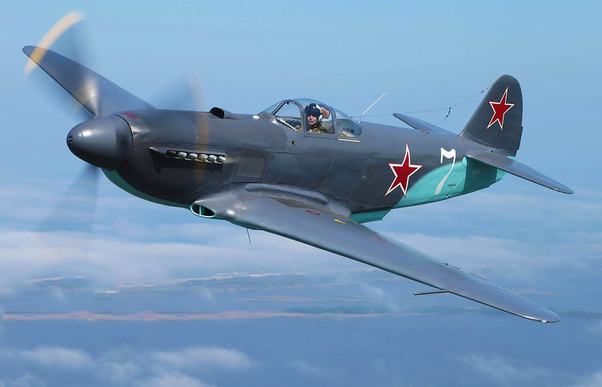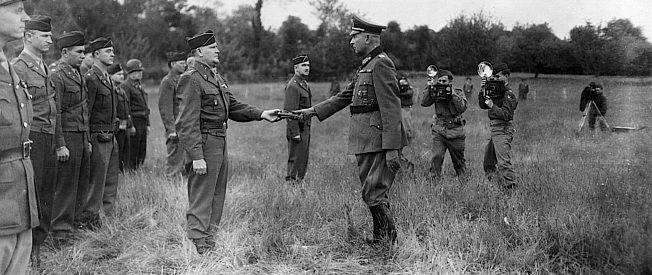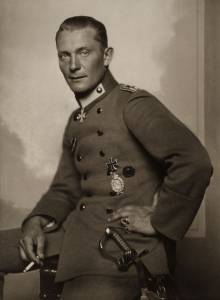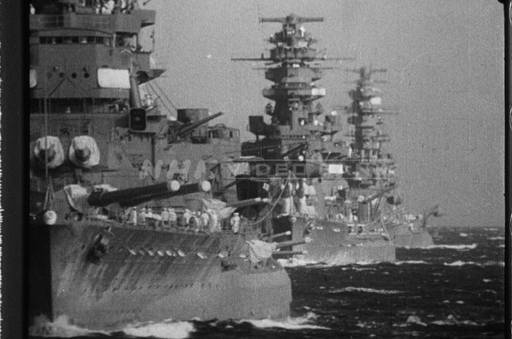

How did Russian aviation compare to the aviation of other countries during World War II?
How did Russian aviation compare to the aviation of other countries during World War II? During World War II, Russian aviation (specifically the Soviet Air Force or VVS) played a crucial role in the Eastern Front and was a significant factor in the Soviet Union’s victory over Nazi Germany. However, in terms of overall technological advancement, strategic capabilities, and aircraft design, Russian aviation had notable differences compared to other leading air forces such as those of Germany, the United States, and the United Kingdom. Here’s a comparison of Russian aviation with other nations’ aviation during the war:
Aircraft Design and Technology
Soviet Union: The Soviet Union focused on producing simple, rugged, and effective aircraft that could be built quickly and operated under harsh conditions. While not as advanced as German or American planes in terms of technology, Soviet aircraft were effective in combat due to their durability and ease of production. Notable Soviet planes included:
Yakovlev Yak-3 (fighter) – known for its agility and effectiveness in dogfights.
Ilyushin Il-2 Sturmovik (ground-attack) – nicknamed the “flying tank,” was one of the most-produced military aircraft of all time and was highly effective in close air support.
Lavochkin La-5 – another successful fighter, with good speed and climb rates.
Soviet aircraft were often outclassed early in the war but improved significantly as the war progressed.
Germany: German aviation, led by the Luftwaffe, was technologically advanced, especially at the beginning of the war. Germany developed cutting-edge aircraft like the Messerschmitt Bf 109 and Focke-Wulf Fw 190 fighters, which were superior to most early Soviet aircraft. Later in the war, Germany also developed jet-powered aircraft, such as the Messerschmitt Me 262, the first operational jet fighter, which far outclassed any Soviet or Allied propeller-driven aircraft.
United States and United Kingdom: Both the U.S. and the U.K. had very advanced aviation technology by the middle of the war, especially in terms of bombers and fighters. The U.S. developed heavy bombers like the Boeing B-17 Flying Fortress and B-24 Liberator, which were essential in the Allied bombing campaigns. American fighters such as the P-51 Mustang and P-47 Thunderbolt were technologically superior to most aircraft in the war. British aircraft, such as the Supermarine Spitfire and Hawker Hurricane, played critical roles in the early years of the war, particularly during the Battle of Britain.
Production and Quantity
The Soviet Union’s industrial strategy emphasized mass production of aircraft. This allowed the VVS to overwhelm the Germans with sheer numbers, despite many Soviet aircraft being less advanced. By the end of the war, the Soviet Union had produced over 100,000 aircraft, more than most other countries except the U.S.
The U.S. was also able to produce aircraft in huge numbers, which contributed to the overwhelming Allied air superiority in the later years of the war.
Germany’s production was hampered by Allied bombing and resource shortages, which limited the number of aircraft they could produce, particularly in the later stages of the war.
Tactics and Strategy
Soviet Tactics: Soviet aviation was primarily used in a support role for the Red Army, with a focus on close air support and ground-attack missions. The Soviets were not as focused on strategic bombing as the Western Allies but excelled at providing air cover for advancing ground forces and conducting tactical strikes against German positions.
Western Allies: The U.S. and U.K. developed sophisticated strategic bombing campaigns aimed at crippling Germany’s industrial base. The Combined Bomber Offensive was a coordinated effort to bomb German cities, factories, and infrastructure, severely weakening Germany’s war effort.
Germany: The Luftwaffe initially dominated the skies, particularly in the early blitzkrieg campaigns. However, Germany’s lack of strategic bombing capabilities and its failure to secure air superiority during key battles (such as the Battle of Britain) limited its effectiveness as the war progressed.
Impact on the War
Soviet aviation played a critical role in the Battle of Stalingrad, the Battle of Kursk, and the overall push to Berlin. While Soviet pilots were not as highly trained as their German counterparts in the early war, their skill improved significantly, and Soviet numerical superiority in the air became a decisive factor by the time of major offensives in 1943-1945.
German aviation, while technologically advanced, was unable to maintain air superiority on the Eastern Front due to production shortages and the vast expanse of the Soviet Union.
The U.S. and U.K. contributions, particularly through strategic bombing and air superiority in the Western Front, combined with the Soviets’ success on the Eastern Front, were essential in defeating Germany.
Conclusion
Soviet aviation lagged behind in terms of technological sophistication but compensated with effective mass production, rugged aircraft designs, and overwhelming numerical superiority. While Germany had superior technology early on, it was ultimately outproduced and outmatched by the combined air power of the Soviet Union, the United States, and the United Kingdom. The Soviet focus on ground support and air superiority on the Eastern Front contributed significantly to their victory over Nazi Germany.




